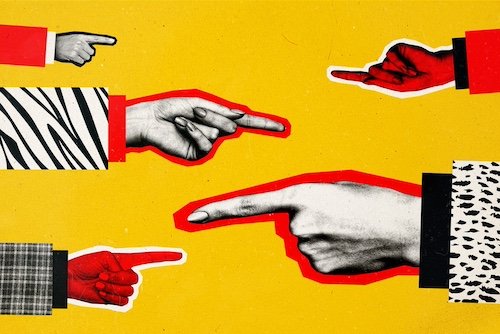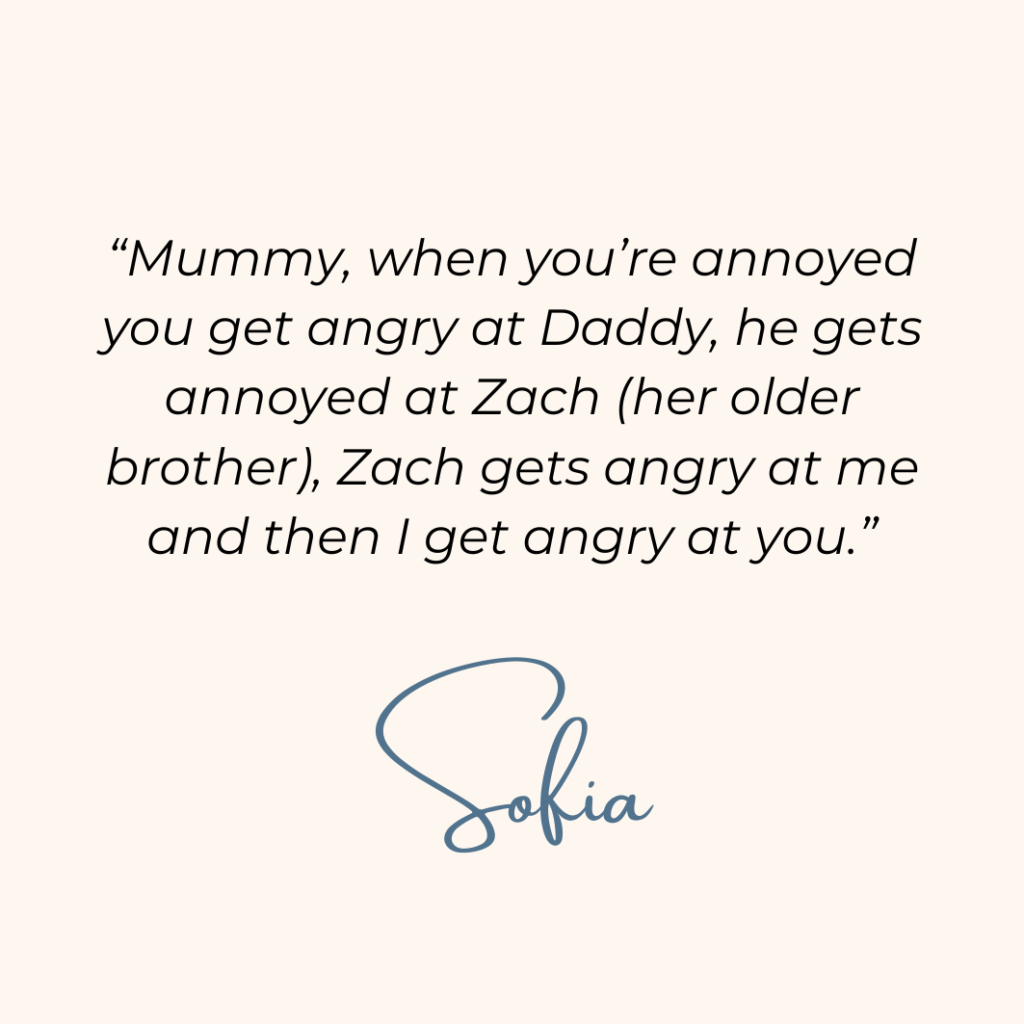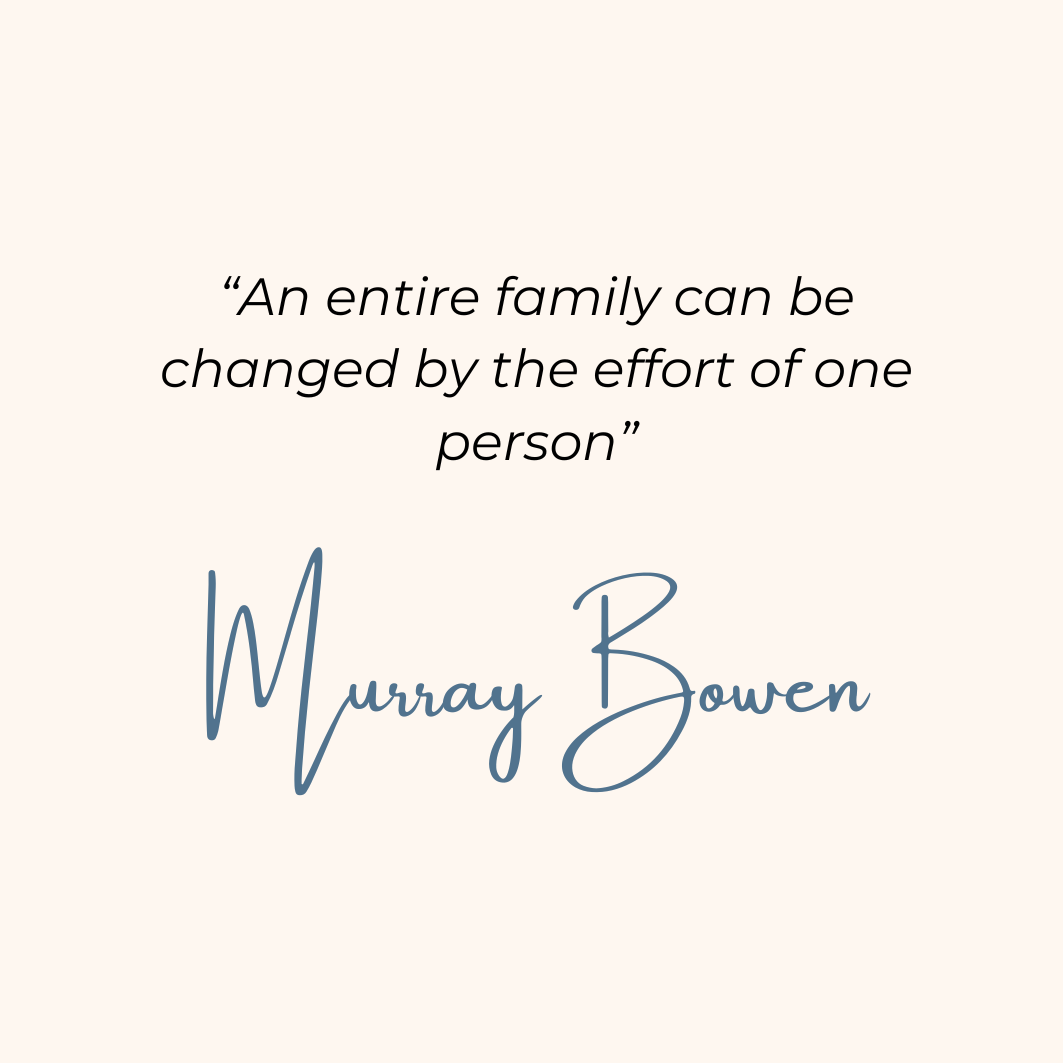
Part 4 of a 4-Part Series: Meet the Social Nervous System. Click here to read part 1.
In this blog series we have explored how the majority of the stress we experience in our lives is social stress, passed between us by through our interactions. In the previous blog ‘How stress becomes contagious' we described the particular 10 clusters of social nervous system (or SoNS, pronounced sons) behaviours we adopt under pressure. These unconscious actions, such as conflict, over-functioning, distancing and active-fusion successfully pass our tension onto another person, leaving us feeling temporarily lighter, and the other, heavier.
But it doesn’t stop there. The person who has received our stress wants to get rid of it too. They might pass it back to us, or give it to someone else, or both. We have thrown a hot potato into the room and no one wants to keep hold of it and get their hands burnt.
When the stress level is high, our SoNS behaviours increase in size, intensity and contagion. The entire room, building and social media network can become infected, everyone adopting their default reactive behaviours as the stress bounces around.
Unless someone deliberately interrupts the game of hot potato ping-pong and puts the potato down, the automatic reactivity will bounce around the relationship network until the heat eventually cools down. This can take a long time and cause a lot of damage in the process.
Where a group has existed for a period of time, for example within a family or a well-established company, the collection of individuals have formed a collective team brain. Without awareness, the group starts to think, act and connect as if with one mind and this includes reacting to stress in an unconsciously agreed manner. Understanding the choreographed pattern by which the hot-potato is thrown around the relationship system is one of the most important aspects of bringing a family or work team out of conflict, frustration, rupture and discontent and into a more peaceful, collaborative and harmonious way of working together.

The way your opponent plays ping pong impacts your style. If they send a short ball that just grazes over the top of the net, you will need to move forward to keep the ball in play. But a high, bouncing ball invites a fast, hard smash response from you. We react intuitively to the other.
The same is true with our behavioural reactions to stress. While it can feel satisfying to highlight our “opponent’s” stress-led moves and lay the blame for the tension in the house solely at their door, when we honestly step back and observe all the micro-interactions that led to the explosive rant or slamming door, we realise how much our behaviours contributed to the escalating situation.
This is the fundamental concept of co-creation, that we all play a part in creating the game of hot-potato. We tend to find it easier to spot other people’s moves, but where one person is acting out, I almost guarantee that you are too.
This helps to stop the blame-game and offers a powerful way to transform our relational stress. When we choose not to react, when we control our automatic SoNS behaviours and regulate our tension internally, then we can calm not only ourselves, but our relationship systems too.

This dynamic of co-creation results in typical pairings of social nervous system behaviours that regularly emerge as stress increases. Such pairings can often be seen in the dynamics between couples. Unfortunately, when the co-created interaction style continues unobserved and unaddressed it deteriorates in a downward spiral. The patterned interaction becomes so intense, rapid, and dominant that you end up feeling totally stuck and helpless. All to often it feels like the only way to survive is to end the relationship.
Here are the three most common pairings of behaviours:
When Tim is stressed or anxious he withdraws and becomes less available. Emma senses the distance between them increasing and it makes her feel abandoned and alone. As her insecurity rises she automatically start to pursue Tim, seeking trying to get his attention, connect with him and bring him back.
Emma’s pursuit feels suffocating for Tim, it creates greater internal stress and he tries even harder to escape and distance. Over time Emma feels like Tim is never there for her and Tim feels overwhelmed and without space to be himself.

When Mark over-functions by jumping in, taking over and sorting out David’s problems, then David starts to step back and do less. This withdrawal might be driven by frustration, “There’s no point doing it as Mark will take over anyway”, or through opportunity, “If he wants to do it, then let him!” But which ever way, over time David will give up and start to under-function.
Mark will blame David, complaining that he isn’t pulling his weight, but in reality, Mark’s over-functioning has created under-functioning in David.

When Sarah feels overwhelmed by juggling life and work she just wants an easy life, she just wants her family to do what she says. This desire for the superficial agreement of the group is known as fusion. In order to get this “agreement” she uses active fusion techniques. She shouts demands and gets in a huff if people don’t comply. Ben hates the stressed atmosphere that emerges, so he steps into the passive fusion role and switches off. He just goes along with whatever Sarah wants.
Over time Ben’s passive fusion position leaves him feeling out of touch with family life, he isn’t playing a part in raising the children and he never shares his own thoughts and feelings. Sarah might get her way through active fusion, but she wishes she wasn't the only one taking responsibility in the family. Both feel lonely.

Where membership of a group is relatively stable, such as within a family, the co-created dynamic extends to include every member. Over time the repeated pattern of stress-led interactions that occur within the family under pressure creates a choreographed ping pong game, a predictable way that stress moves around the group.

My daughter spotted this when she was 4. One day she turned to me and said, “Mummy, when you’re annoyed you get angry at Daddy, he gets annoyed at Zach (her older brother), Zach gets angry at me and then I get angry at you.” Very intuitively (and embarrassingly), she had accurately captured our family choreography.

We experience our first choreographed hot potato game within our family of origin, the family within which we grew up. The role that we play within that pattern becomes so normal, so everyday, so automatic, that we no longer notice it. We take our patterned behaviours with us into the other relationships we form in our life, and they significantly influence our choice of profession.
In childhood, if we coped with conflict within the family by distancing and withdrawing to our room, then in adult life we will automatically distance under pressure, perhaps by becoming difficult to get hold of, or being constantly engrossed in another task. Alternatively, if as children we stepped towards conflict, becoming the family mediator and problem solver, then we will continue that over-functioning behaviour in our adult personal relationships and it might guide us towards professions which fix other people's problems.
When we begin to recognise our go-to SoNS behaviours and the way our key relationship systems automatically repeat the same interactions patterns again and again, the situation can feel a little frustrating and overwhelming. But the power of thinking systems is that it only takes one person to make an adjustment to their contribution to the dynamic for positive change to occur across the whole system.

When I started to take responsibility for my role in our family choreography and worked on calming my automatic conflictual engagement with my husband, I saw a gradual shifting of the interactions between everyone in the family and a calmer atmosphere emerged.
There are three simple steps to begin this process for yourself: observe, evaluate and interrupt.
Before you can change your behaviours, you have to know what they are. The act of observing is empowering and enlightening in and of itself since we are often busy concentrating on acting out rather than thinking about what we are doing.
Observe
Before you can change your behaviours, you have to know what they are. The act of observing is empowering and enlightening in and of itself since we are often busy concentrating on acting out rather than thinking about what we are doing.

Evaluate
Evaluating your behaviour offers you the opportunity to think about whether this is who you want to be, what you want to be doing or what you want your family, group or team to look like. Are your actions constructive or ineffective? Is this where you want to focus your energy?

Interrupt
Interrupting is as simple as doing something different. If you normally distance, how could you stand still and stay connected? If you usually over-function, how could you sit on your hands and show the under-functioner in your pairing that you trust their judgment and believe they can figure it out for themselves? If you adopt SoNS behaviours fast, how could you develop your inner self-soothing so that you slow things down and do not become contagious so quickly?

If you would like to some resources to help develop these skills, sign up for our monthly newsletter which includes blog updates and practical toolkits.